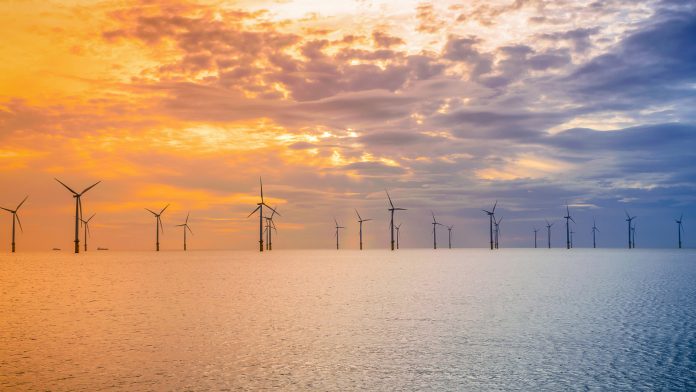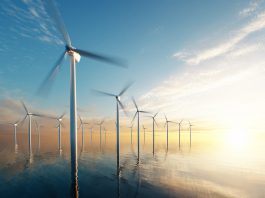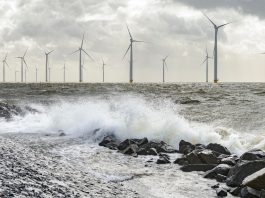In 2022, Europe is anticipated to install more than four gigawatts of offshore wind energy capacity in a single year, exceeding previous records.
New offshore wind energy capacity additions in Europe are poised to reach a record high this year, topping 4 gigawatts (GW) for the first time and more than doubling additions witnessed in 2021, Rystad Energy research shows. The continent’s capacity additions in 2022 will hit 4.2 GW, beating the 2021 total of 1.8 GW, and topping the previous annual record of 3.8 GW set in 2019.
New capacity additions are expected to grow further in the coming years, almost doubling again in 2023 to 7.3 GW and jumping to 8.6 GW in 2025. Annual capacity additions in 2024 are expected to slow down due to project timing, however high construction activity is likely to lead to the projected record-high commissioning numbers for 2025.
The new offshore wind high-capacity additions will be driven primarily by UK projects that will add 3.2 GW of capacity, a new annual high for the country, beating the previous record of 2.1 GW set in 2018. The acceleration of installed capacity in the country comes from three large projects that are expected to be fully commissioned in 2022 and that will be the three most significant projects in Europe in 2022.
Offshore wind energy capacity increasing
“Europe is the world’s most mature offshore wind region, but Chinese installations have dominated global additions in recent years. Chinese projects represented 85% of all global capacity additions in 2021, with Europe only contributing 10%. But that looks set to change this year, and the continent is expected to continue ramping up capacity additions through the end of the decade,” explained Rystad Energy offshore Wind Analyst, Anubhav Venkatesh.
The UK’s record year is due to three large projects set to be fully commissioned in 2022, all of which top the largest projects list in Europe for the year. Orsted’s 1.2 GW Hornsea One project drove the previous continental record in 2019. This year, the main driver is expected to be the Danish company’s second phase of the project – the 1.4 GW Hornsea Two. That project, which is Orsted’s only new addition to its portfolio in 2022, will be the largest offshore wind project in the world when operational.
The Moray East development – majority owned by Ocean Winds, a joint venture between France’s Engie and Spain’s EDP Renewables – will be the second-largest project globally when commissioned later this year. German renewable powerhouse RWE is expected to be the second-largest contributor of wind capacity additions with its majority owned Triton Knoll in the UK and its wholly owned Kaskasi in Germany. The 342 MW Kaskasi development will be Germany’s first offshore wind farm to come online since 2020, marking a slow restart to the country’s activity.
Offshore wind expansion around the continent
Behind the UK, France will be the second-largest contributor to capacity additions in Europe this year, with the country commissioning its first commercial offshore wind project totalling 480 megawatts (MW).
After adding no additional wind capacity in 2021, Germany is now set to restart installations, led by the 342 MW Kaskasi project. Norway is also anticipated to contribute with the commissioning of the 88 MW Hywind Tampen floating project, which will be the largest floating offshore wind installation of its kind globally.
This year, Italy will commission its first offshore wind farm, the 30-megawatt (MW) Taranto project, while Spain is expected to contribute capacity additions with its floating demonstration projects.
Looking to the future
Capacity additions up to 2025 in Europe are set to be mainly led by the UK, but other countries could also play increasingly significant roles compared to previous years. Germany, for instance, is returning to offshore wind activity, while France continues to boost capacity deployment and is expected to add around 3 GW of capacity between 2022 and 2025.
The Netherlands and Denmark are not expected to bring any new offshore wind projects online in 2022. Dutch capacity additions will resume in 2023, while Danish projects will add around 1.5 GW of capacity between 2023 and 2025. Poland is expected to commission its first offshore wind farm in 2025, contributing around 1.4 GW of Europe’s new capacity. As such, 2022 is expected to be a steppingstone for more capacity additions towards 2025.









